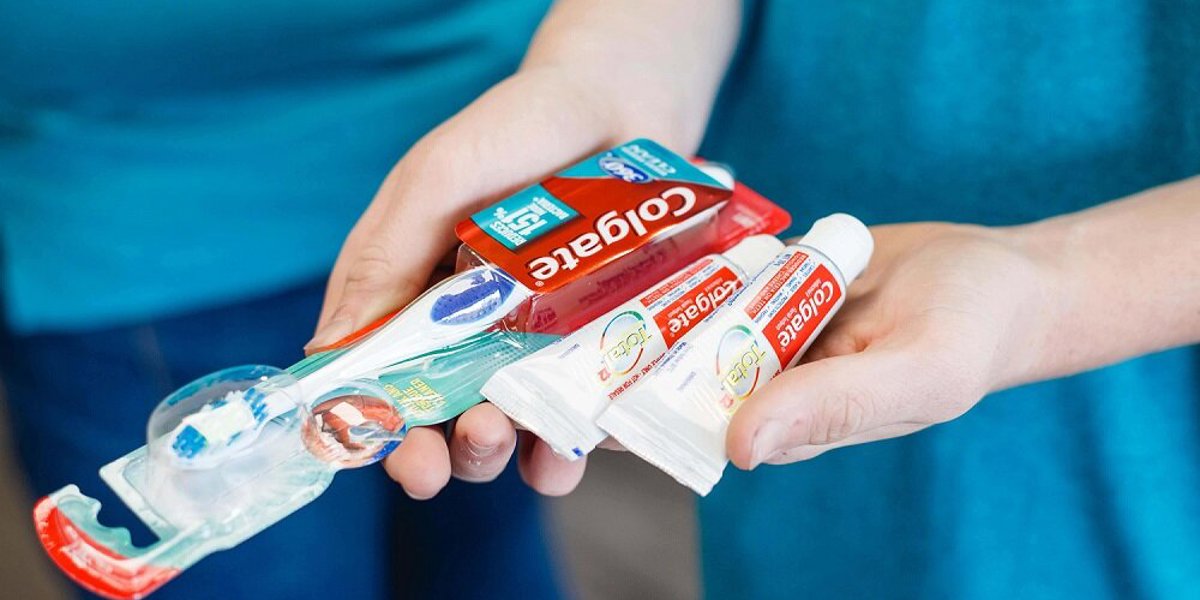Lumino The Dentists agree with the New Zealand Dental Association that brushing teeth with a toothpaste containing fluoride, is best practice.
“Natural toothpastes” have enjoyed a flurry of popularity recently. The fluoride-free products use natural ingredients such as kanuka oil, magnolia bark extract, propolis and red seaweed and claim to help “reduce cavities”, “neutralise plaque acids” and “keep teeth and gums healthy”.
Dr Fred Calavassy, Clinical Director at Lumino The Dentists and Maven Dental Group in Australia says Lumino The Dentists support the use of fluoride in the fight to prevent decay, “as we see the consequences of lack of dental hygiene daily.”
“Fluoride in toothpaste can dramatically reduce the rates of decay by strengthening the surface enamel and increasing its resistance to acid attack,” he says.
“This is scientifically proven and well documented in the literature as the fluoride strengthened enamel (Fluorapatite) is much more resistant to dissolving in plaque acids than normal enamel (Hydroxyapatite).”
“Fluoride strengthened enamel can also assist in the prevention of tooth wear and has also been documented in the literature1,” he says.
“There are many studies confirming the effects of fluoride in strengthening enamel, although the greatest effect of prevention of tooth decay comes from a regime of physical removal of bacterial plaque with adequate brushing and flossing as well as conscious dietary intake, and, of course, regular dental examinations.”
“We understand that dental decay is a disease that is 100% preventable, with targeted and specific advice from your dentist. Fluoride may form part of the advice, although there is generally a complex, multifactorial reason to the progression of decay which can be determined by your dental professional,” he says.
Fred says care should be taken when considering “alternative” toothpastes, as their claims may not be founded in the literature or formed from sound research.
“If an “alternative” is to be considered, discuss this with your dentist as there are options today that were not available in the past. For example, there has been some great research more recently on alternatives to fluoride based remineralising pastes with the use of agents derived from the milk protein, casein,” he says.
“Research has shown that the casein protein called Casein Phosphopeptide (or CPP), which carries calcium and phosphate ions in the form of Amorphous Calcium Phosphate (or ACP) can deliver bio-active calcium and phosphate ions into tooth and has been shown to remineralise enamel that may have lost its integrity due to attack from plaque acids. CPP-ACP was developed at the School of Dental Science at the University of Melbourne Victoria, Australia and goes by the product name Recaldent or Tooth Mousse. Other manufacturers have also combined the effects of phosphate with fluoride to increase the uptake of fluoride within the enamel and this tri-calcium phosphate (TCP) ingredient is also showing promising results. (eg Clinpro Tooth Crème from 3M)”
“Additionally, one should consider that the oral tissues may be susceptible to irritation from various chemicals, including “natural” agents, and, so, care should be taken to not irritate the mucosal tissues with an untested product.”
“If you choose not to use a fluoride toothpaste, speak to your dentist to consider alternatives and co-discover ways to prevent future decay and dental issues,” he adds.
In the stuff article (LINK), Canterbury District Health Board community dental service clinical director Martin Lee states that there was a huge improvement in oral health after the introduction of fluoride toothpaste in the 1970s.
Fluoride worked to strengthen tooth enamel “by a factor of 10” against acid formed by oral bacteria, he said. “If you don’t use a fluoride toothpaste you are going to dramatically increase the risk of getting tooth decay.”
Lee said plaque removal alone did not prevent tooth decay. “People had been using toothpaste for centuries, but it wasn’t until they put fluoride in it that it really started preventing tooth decay.”
The New Zealand Dental Association (NZDA) also states in the article that all toothpaste should contain fluoride.
The NZDA, (the organisation representing dentists) is concerned customers will inadvertently buy fluoride-free toothpaste without realising the implications, vice president Katie Ayers said.
“There have been fluoride-free alternatives for a long time, but they haven’t been mainstream. Now, these products are everywhere and often being promoted by the supermarkets as well.”
Ayers said improved labeling would ensure customers were well informed. The association took its concerns to the Ministry of Health earlier this month.
- Br Dent J. 1994 May 7;176(9):346-8.
“Comparison of the effect of fluoride and non-fluoride toothpaste on tooth wear in vitro and the influence of enamel fluoride concentration and hardness of enamel.” Bartlett DW1, Smith BG, Wilson RF.
